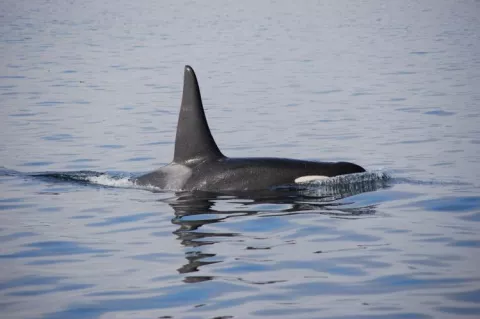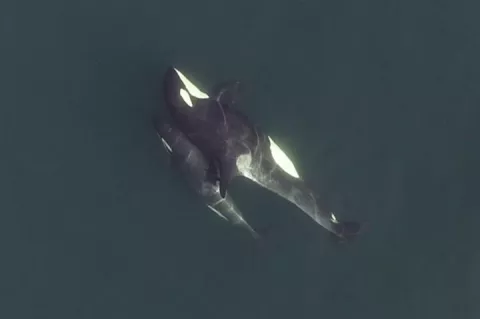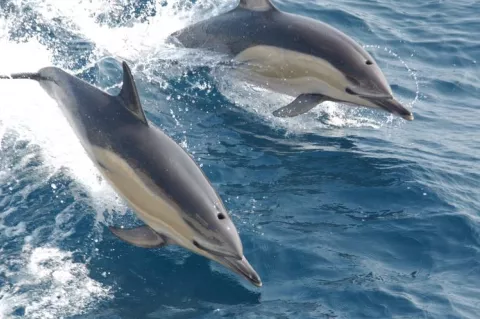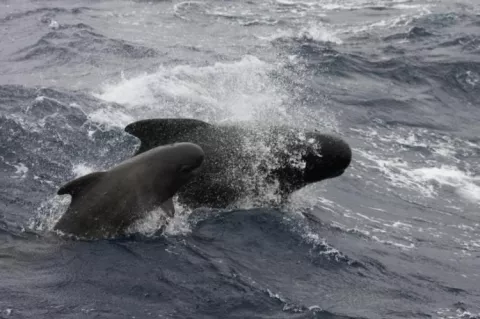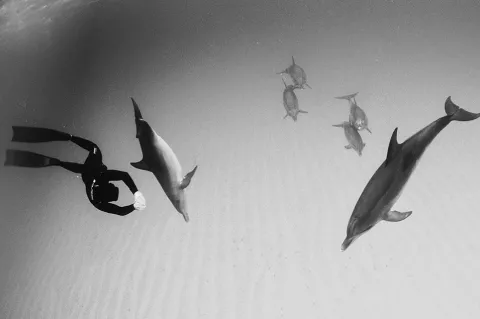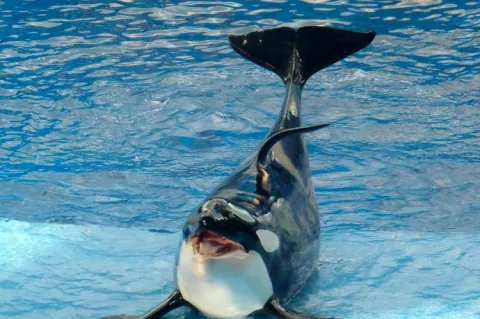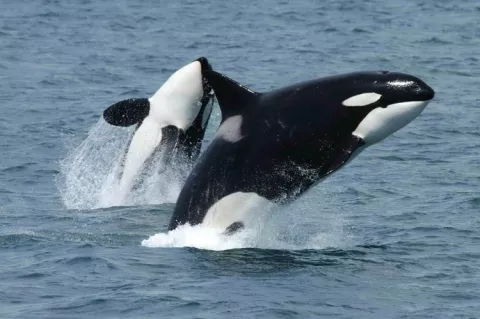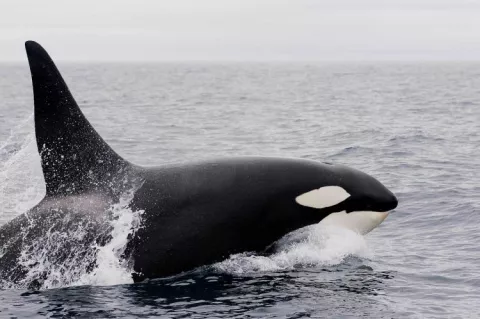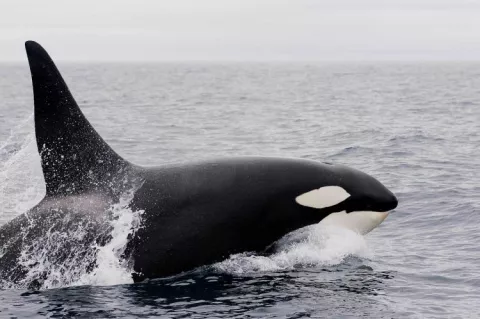Orcas hunt Great White Sharks
For several years, scientists have suspected that orcas have been killing and eating parts of great white sharks. Now, they have video evidence to prove it.
New drone and helicopter footage show a pod of orcas ruthlessly pursuing a great white shark in Mossel Bay, South Africa for more than an hour before going in for the kill. The video culminates with one of the killer whales gobbling up a large chunk of the shark's liver.


